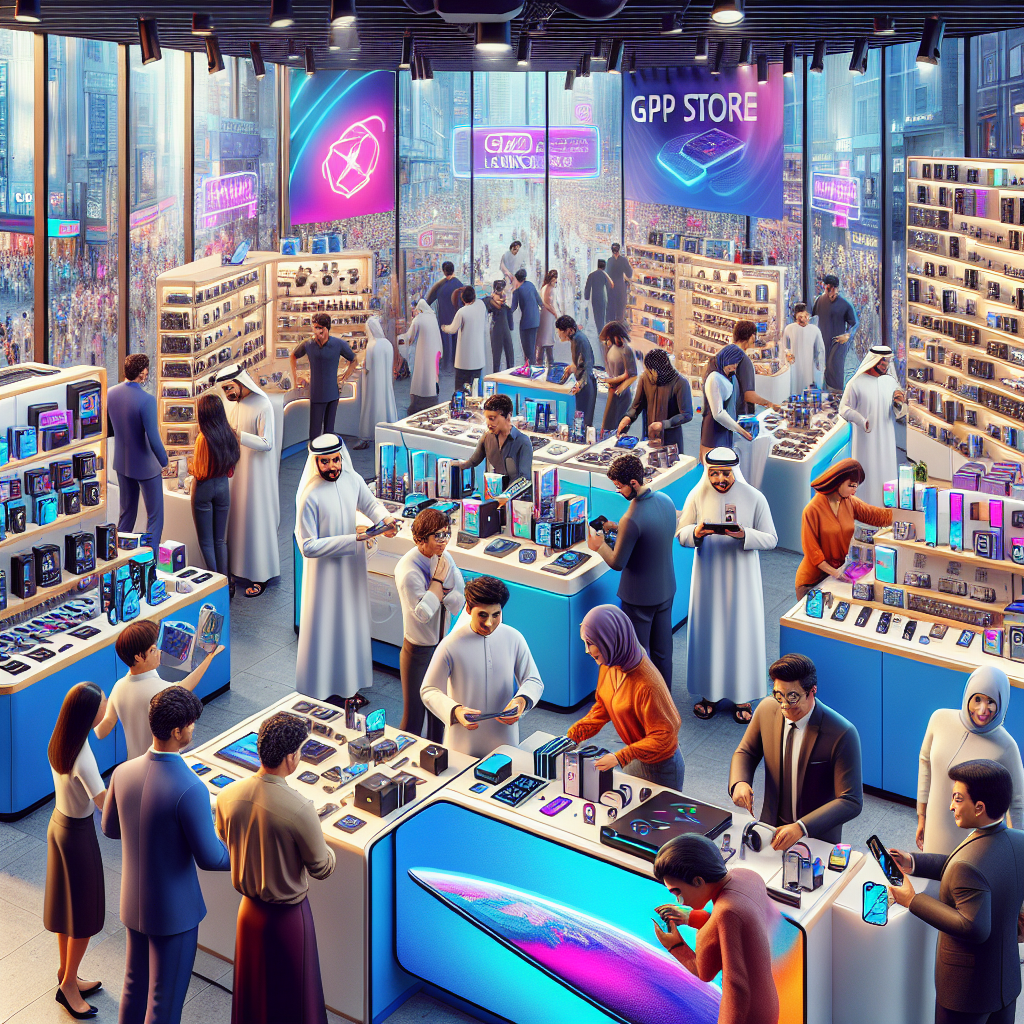Gearing Up for the GPT Store: A Thrilling Opportunity for Innovators
Technology enthusiasts and AI aficionados, brace yourselves for a groundbreaking voyage into the future of generative AI. The official GPT store from OpenAI, a monumental leap in the AI landscape, is set to launch next week. As the AI community buzzes with anticipation, OpenAI has unleashed a clarion call to creators: ensure your GPTs are primed for the impending store. Let's dive zestfully into the nitty-gritty of getting your GPT ready for the big league, and explore why being an early mover could catapult you to the forefront of AI innovation.
A Primer to Compliance: Usage & Branding Policies
First and foremost, OpenAI delineates a stringent framework of dos and don'ts, setting the stage for ethical AI deployment. The usage policy stands as a beacon of responsible creation, barring any ventures into the murky waters of illegal activities, hate speech, or deceptive content—essentials in maintaining a trustworthy AI ecosystem.
Further, creators must navigate the branding guidelines with precision—names should resonate with the services they complement, steering clear of other organizations' trademarks unless explicitly permitted. OpenAI subtly discourages ending GPT names with 'GPT', though it flirts with permissibility. Tread carefully here; adherence to these guidelines might just be the secret handshake into the store.
The Builder Profile: Your AI's Digital Passport
Next on the checklist is the builder profile, a cornerstone for associating GPTs with their creators. Visibility is key. Ensure your name graces the spotlight, but don't miss out on the golden opportunity to link your website. A simple TXT record added to your DNS settings confirms your domain's legitimacy, weaving a direct pathway for potential clients or users back to your web nexus. This is a pivotal step—skip it, and you might as well be winking in the dark.
Myriad GPTs: Setting the Public Stage
Transitioning to the realm of visibility, every GPT you've meticulously crafted must be ushered out of the confines of your private collection and into the public eye. This transformation isn't just about exposure; it's about signaling readiness to the GPT store for potential selection. Remember, the world can't marvel at your creation if it's hidden under a bushel.
Legal and Ethical Disclaimers: The Non-Negotiables
Delve deeper, and you'll uncover another layer of mandatory transparency, particularly with consumer-facing GPTs delving into sensitive subjects like legal advice or financial guidance. Disclaimers aren't just a polite footnote; they're a shield against misinterpretation and misuse, ensuring users are cognizant of the AI-powered nature of the content.
The Integration Imperative: APIs and Actions
For the tech-savvy creators employing APIs and actions, aligning with the plug-in policy is a vital dance step. The policy mandates a clear description matching the functionality exposed to the model. It's less about restricting creativity and more about ensuring a harmonious integration where all parts of the AI symphony are in sync.
Seizing the Early Mover Advantage
The battle cry for action couldn't be clearer. The GPT store stands on the horizon, a bastion of opportunity for developers and creators to showcase their ingenuity. With a trio of critical steps—adhering to the usage and branding guidelines, perfecting your builder profile, and casting your GPTs into the public spotlight—you'll be well-armed for the store's grand debut.
Now, for those yet to dip their toes into the boundless ocean of GPT creation, fear not. Resources like Skill Leap AI offer a compendium of knowledge, from custom GPT courses to an impressive suite of other AI tutorials under a single subscription. Explore, learn, and join the ranks of creators poised to make a splash in the GPT store.
In the end, an early mover's advantage is up for grabs. Whether you’re refining your existing GPTs or crafting something entirely new, an agility in response and a sharp adherence to OpenAI's guidelines will be your tickets to success. As we teeter on the cusp of this AI revolution, the only question that remains is, are you ready to leap into the future?
Related News
- The GPT Store: A New Frontier in AI Innovation
- The Dawn of Customization: Exploring the GPT Store Phenomenon
- Unwrapping the Latest Innovations from OpenAI's Genius Box
- Gearing Up for Profit: Maximizing Earnings with the Upcoming GPT Store
- Navigating the Nascent World of Custom GPTs: An Exploration of the Unofficial Marketplace
